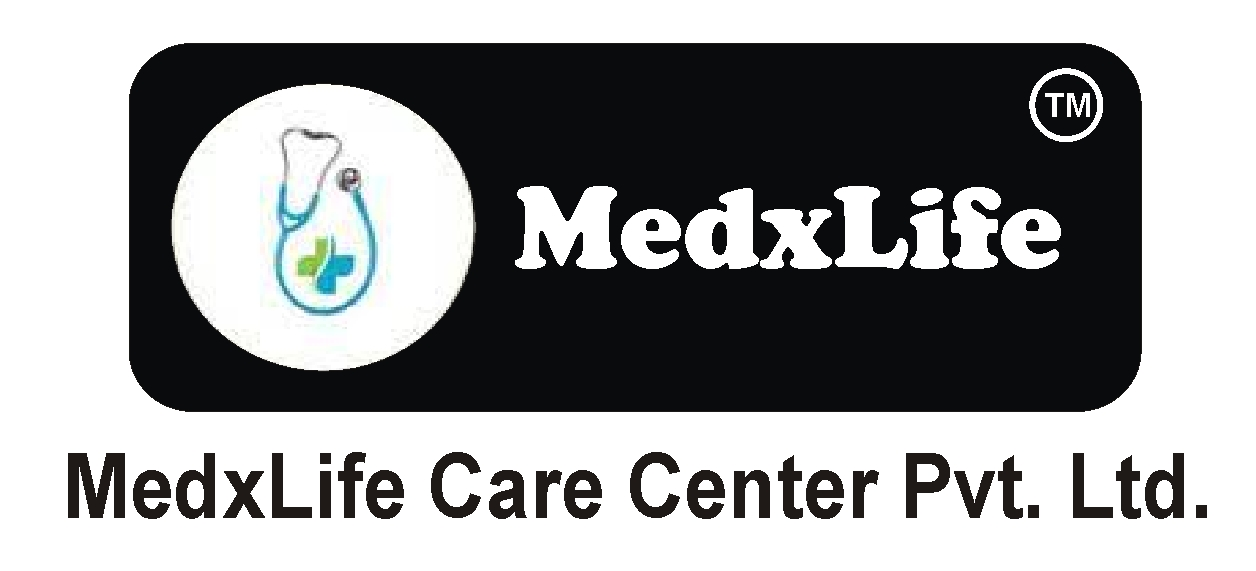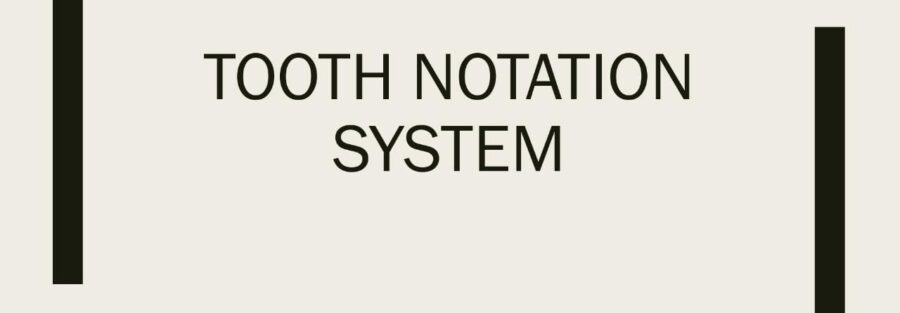What is the Tooth Notation System?
Tooth Notation System or Numbering System serve as abbreviations. Instead of having to write out the whole name of a tooth, e.g permanent maxillary left lateral incisor, it is easier to assign it a number, alphabet or symbol such as #2 for the right 2nd molar as in Universal Numbering System and 53 for the primary right upper canine as in FDI Numbering System.
What are the 3 most commonly used system?
•Zsigmondy-Palmer
•Universal (American Dental Association)
•Federation Dentaire International (FDI)
History of the Tooth Numbering System
The American Dental Association (ADA) recommended the use of the Zsigmondy-Palmer System method in 1947. Since this particular notation system requires the use of symbols, it is difficult for dental health workers to record it on computer. Thus, the association officially supported the Universal System in 1968 while the World Health Organization (WHO) and the Federation Dentaire Internationale (FDI) uses the 2-digit numbering system aka the FDI System. However, in 1996 the ADA, then also adopted the FDI System s an alternatve to the Universal System.
•Zsigmondy-Palmer System
also known as Angular System / Grid System / Symbolic System / Quadrant System
the oldest method introduced in 1861 by the Hungarian dentist Adolf Zsigmondy.
Adult teeth are numbered 1-8 starting from central incisor to the third molar
Primary teeth are labelled with A-E where A is central incisor and E is 2nd molar.
Each quadrant has a L-shaped symbol or bracket to show which quadrant the tooth belongs.
Advantages of Zsigmondy-Palmer System
Simple and easy to use
Less confusion between primary and permanent tooth
Disadvantages of Zsigmondy-Palmer System
Difficulty in communication
More confusion occurs between the upper and lower quadrant during transferring data
•Universal Numbering System / ADA System
introduced by the American Dental Association in 1968.
Often used in USA
Uses letter or number for each tooth.
Permanent teeth are assigned with specific number for each tooth. #1 for upper right first molar, #2 for up right 2nd molar and so on (clock-wised) until it ends at mandibular left 3rd molar.
Deciduous teeth are numbered in the same way except that a small ‘d’ is added as a suffix to each number to symbolise deciduous.E.g. Upper right canine is #3d
However, the most common system used to represent the deciduous teeth are the capital letters A-T. E.g: upper right central incisors = E
Advantages
Different letter or numbers for each tooth can prevent confusion
Disadvantages
Difficult to remember
•Federation Dentaire International (FDI) System
2-digit system introduced in 1971
Also known as International Numbering System & Two-Digit System
Uses 2 digits where the first number represents the quadrant while the second number represent the number of tooth starting from the midline of the face.
Permanent teeth are numbered as 1,2,3, ……8 starting from the central incisor to the 3rd molar. Quadrants are numbered 1-4 clock wised. E.g lower left 3rd molar = 48
Primary teeth are numbered from 1-5 starting from the central incisor to the 3rd molar and their quadrant are numbered 5-8 clock-wised. E.g: upper right lateral incisor = 52
Advantages
Simple to understand, learn and pronounce.
No confusion
Easier for charting and record digitally
Each tooth has a specific number
Disadvantages
May be confused with the universal tooth numbering system.
Other Notation System
Alphanumeric Notation
1. aka Letters and Numbers System
2. 4 quadrants are labelled as UR (upper right), UL (upper left), LR (lower right), LL( (lower left)
3. Permanent teeth are numbered 1-8 while deciduous teeth are labelled with A-E starting from the midline of the face (as in Palmer Notation System)
4. e.g. UL8 = upper left 3rd molar
Student’s Notes
Palmer – symbol for quadrant, 1-8 (permanent), A-E (deciduous), start from midline to molar
Universal – #1-#32 (permanent), A-T // add ‘d’ behind numbers (deciduous), start from upper right 3rd molar (permanent) // 2nd molar (deciduous)
FDI – 2 digit system, first digit = quadrant, 2nd digit = tooth, start from midline to molar
Contributor- Medico Umairah Zulkifli





3 Comments
Junaid khan
Loved the way you covered it. Great ????
Shivam
????
Shiva
????